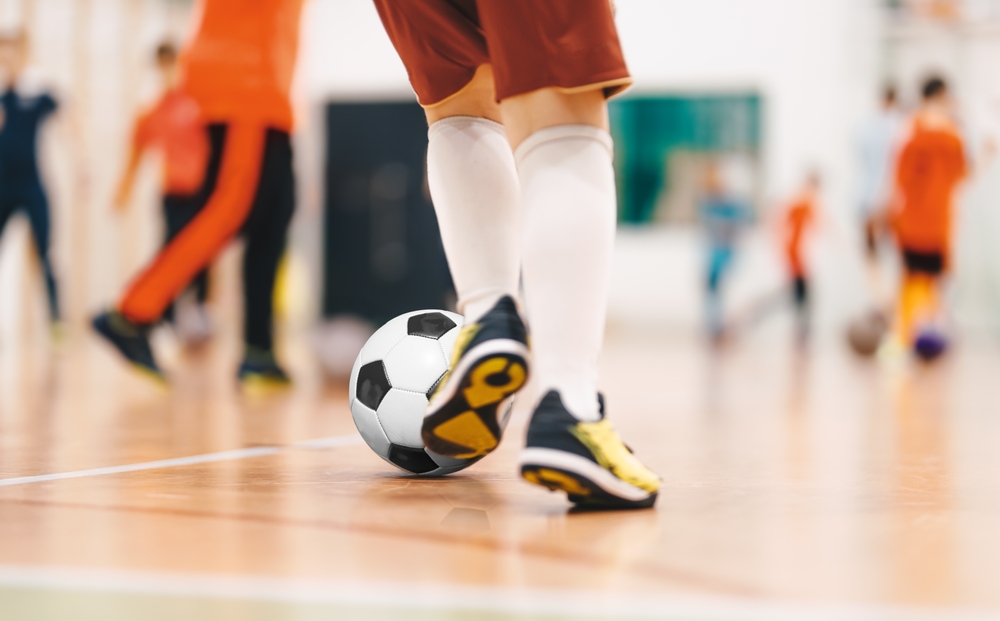Soccer Camps: How Training Builds Player Skill
Soccer camps provide focused environments where players of varied ages and abilities work on technique, game understanding, and physical conditioning. Camps range from single-day clinics to week-long residential programs and often blend drills, small-sided games, and feedback from coaches. For parents and players evaluating options, understanding how camps structure training and measure progress helps match expectations to development goals.

What does a soccer camp include?
Most soccer camps mix technical drills, tactical sessions, and conditioned games to give players repeated, purposeful touches on the ball. A typical day may start with warm-ups and ball mastery, progress to passing and finishing sequences, and include small-sided games to apply skills under pressure. Additional elements can include fitness work, video review, and position-specific coaching. Camp formats vary—day camps focus on daytime training, while residential camps add team-building and longer practice blocks.
How is training structured at camps?
Training at camps usually follows an age-appropriate progression: fundamental coordination and ball control for younger players, and more tactical and physical preparation for older or advanced players. Sessions are planned to repeat core actions with increasing complexity so players build both motor patterns and decision-making. Many camps use stations to isolate skills, then integrate those skills into game-like drills. Effective camps also provide individual feedback, which helps players understand what to practice between sessions.
How do camps help a player improve?
Camps accelerate improvement by increasing the number of focused repetitions a player receives in a short timeframe and by exposing players to varied coaching perspectives. Repetition under guided supervision refines technique, while coached small-sided games improve spatial awareness and quick decision-making. Peer competition and observation also push players to adapt. For measurable progress, look for camps that set clear objectives, use simple performance metrics (e.g., passing accuracy, successful dribbles), and provide takeaways for continued practice.
Which skills are emphasized in camp sessions?
Skill focus typically includes dribbling, passing, receiving, shooting, first touch, and defensive positioning. Camps often emphasize ball mastery drills to build confidence, quick passing patterns to enhance tempo, and finishing sequences to improve composure in front of goal. Tactical skills—such as movement off the ball, pressing triggers, and transition play—are introduced progressively. Some camps also dedicate sessions to set pieces and goalkeeper-specific training, depending on program scope and coach expertise.
How to find a local soccer camp or services
When searching for a camp in your area, consider factors like coaching qualifications, coach-to-player ratio, age-group offerings, safety policies, and facilities. Local club academies, community recreation departments, and private training organizations commonly run camps; each has different focuses and schedules. Reviews, refereed credentials, and clear session descriptions help compare options. Also check whether a camp includes skill assessments or written feedback, as these elements support ongoing player development beyond the camp dates.
Conclusion
Soccer camps can be effective settings for concentrated skill practice, tactical exposure, and physical conditioning when they match a player’s age, ability, and objectives. Evaluating camp structure, coach experience, and session design helps determine fit. Players tend to gain most when camps combine deliberate repetition with game-like scenarios and offer clear guidance for continued practice. Thoughtful selection of a camp creates an environment where training translates into tangible skill improvement over time.






